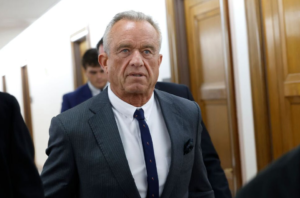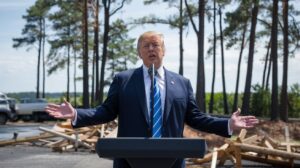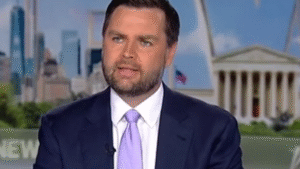President Donald Trump has signed a sweeping executive order titled “Trump’s Executive Order Overhauls U.S. Election System”, introducing significant changes aimed at reshaping the federal election process. The order, which enforces new voter identification requirements, mail-in ballot deadlines, and federal oversight mechanisms, has sparked national debate, legal challenges, and concerns over voter access.
Key Changes in Trump’s Executive Order
To help readers better understand the major changes introduced by the executive order, here is a structured breakdown of its key provisions:
| Provision | New Policy | Impact |
|---|---|---|
| Voter ID Requirement | All voters must provide a government-issued ID or passport proving U.S. citizenship before registering to vote. | May limit access for some voters, particularly elderly and low-income individuals without proper documentation. |
| Mail-in Ballot Deadline | All mail-in ballots must be received by Election Day to be counted. | Could disadvantage voters in rural areas and military personnel voting from overseas. |
| Voting System Standards | Voting machines must eliminate QR codes and use verifiable paper ballots for security. | Enhances election transparency and reduces hacking risks. |
| Federal Oversight | Federal agencies will assist in reviewing voter rolls to identify ineligible voters. | Raises concerns over privacy and potential voter suppression. |
Understanding the Need for This Order
Trump argues that these measures are necessary to restore confidence in the U.S. election system. He points to past concerns about election security and instances of voting irregularities, despite multiple government reports stating that widespread voter fraud is rare. His administration frequently cites India’s voter ID system as an example of election integrity.
Legal and Public Reactions
The executive order has triggered strong reactions from state officials, voting rights organizations, and legal experts. Here’s how different groups are responding:
State Officials’ Response
Several state officials, including Colorado Secretary of State Jena Griswold, have called the order unconstitutional and pledged legal action against it.
Legal Concerns
Election law experts, such as UCLA Professor Rick Hasen, believe the order could exceed presidential authority and result in voter disenfranchisement.
Voting Rights Advocates
Organizations like the ACLU argue that this order disproportionately affects minority groups, senior citizens, and people who may struggle to access identification documents.
Impact on Future Elections
The new election rules could significantly impact voter turnout in the U.S. Here’s a comparison of expected effects:
| Affected Group | Potential Impact |
| Minority Groups | May face additional challenges in obtaining required identification. |
| Rural Voters | New mail-in ballot deadlines could make it harder for them to vote. |
| Military Personnel Overseas | Could struggle to submit ballots on time due to overseas mailing delays. |
| Senior Citizens | May have difficulty accessing government offices for ID verification. |
Historical Context: How Does This Compare?
Trump has consistently claimed that past elections had security flaws. However, former Attorney General Bill Barr publicly stated that there was no significant voter fraud in the 2020 election. Similar debates over election security have taken place before, but no previous administration has taken such drastic steps at the federal level.
Conclusion
Trump’s executive order marks a major federal intervention in U.S. election laws. While his supporters believe these measures will protect election integrity, critics argue that they could lead to mass voter suppression. As lawsuits begin to emerge, the real impact of these changes will unfold in the coming months, shaping the future of U.S. democracy.





